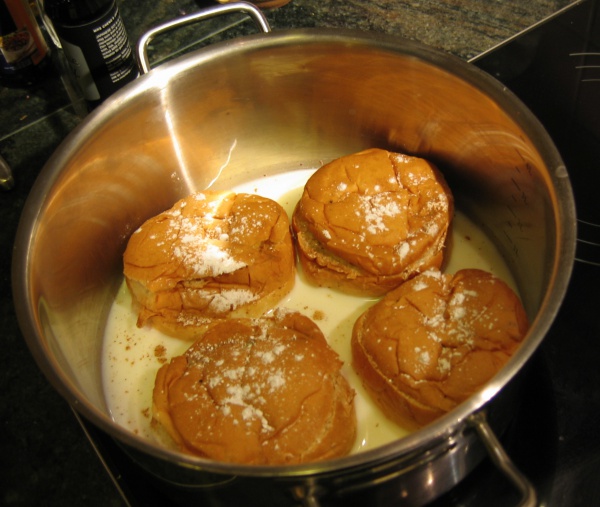Facts About Semla
A semla, known by various names such as vastlakukkel, laskiaispulla, or fastlagsbulle/fastelavnsbolle, is a cherished sweet roll enjoyed in Sweden, Finland, Estonia, Norway, Denmark, the Faroe Islands, and Iceland. This delightful treat is traditionally associated with Lent and Shrove Tuesday, although its name and the exact timing of its consumption vary by region. The term "semla" has roots in German and Latin, meaning "flour."
In Sweden and Finland, the semla, also called fastlagsbulle, is a delectable roll filled with almond paste, milk, and whipped cream. In Denmark and Norway, it is known as fastelavnsbolle. Icelanders savor it as a bolla on Bolludagur, while in the Faroe Islands, it’s referred to as Føstulávintsbolli.
The semla has evolved over time, with variations such as the semmelwrap and versions incorporating chocolate and marzipan. Interestingly, in Finland and Estonia, this dessert predates Christian influences and is connected to ancient agricultural traditions. In Norway, the fastelavnsbolle typically features whipped cream and jam. Meanwhile, in Denmark, Iceland, and the Faroe Islands, you may encounter versions made with puff pastry or choux pastry, filled with vanilla cream or jam.
Originally, the semla was a simple bread bun consumed in warm milk. However, as religious practices evolved, it became a dessert enjoyed every Tuesday from Shrove Tuesday until Easter. A notable historical anecdote is the death of King Adolf Frederick of Sweden, who passed away after consuming an excessive amount of semla along with other foods.
Today, the semla holds cultural significance and is a beloved treat in the regions where it’s enjoyed. Whether you prefer the classic version or one of the many delightful variations, this sweet roll remains a treasured part of culinary traditions.

 Russia
Russia